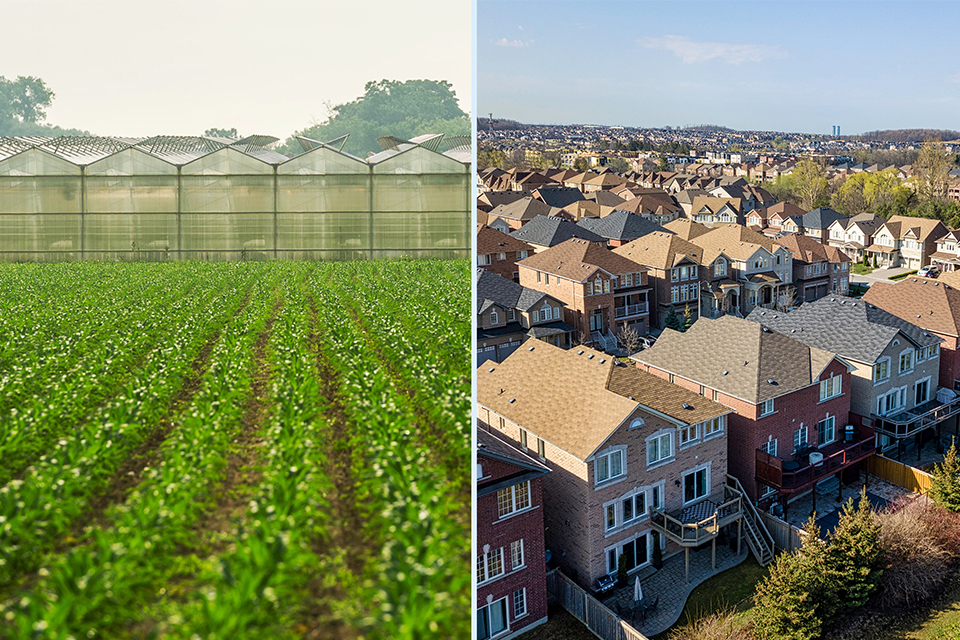
Regional Electricity Networks
Regional electricity networks serve as a platform to discuss local electricity issues and drive solutions to meet the future electricity needs in a region, and Ontario as a whole. They bring together individuals and organizations with an enduring interest in local, regional and provincial electricity issues, who wish to discuss future needs and be informed about the latest issues and innovations in Ontario’s electricity sector.